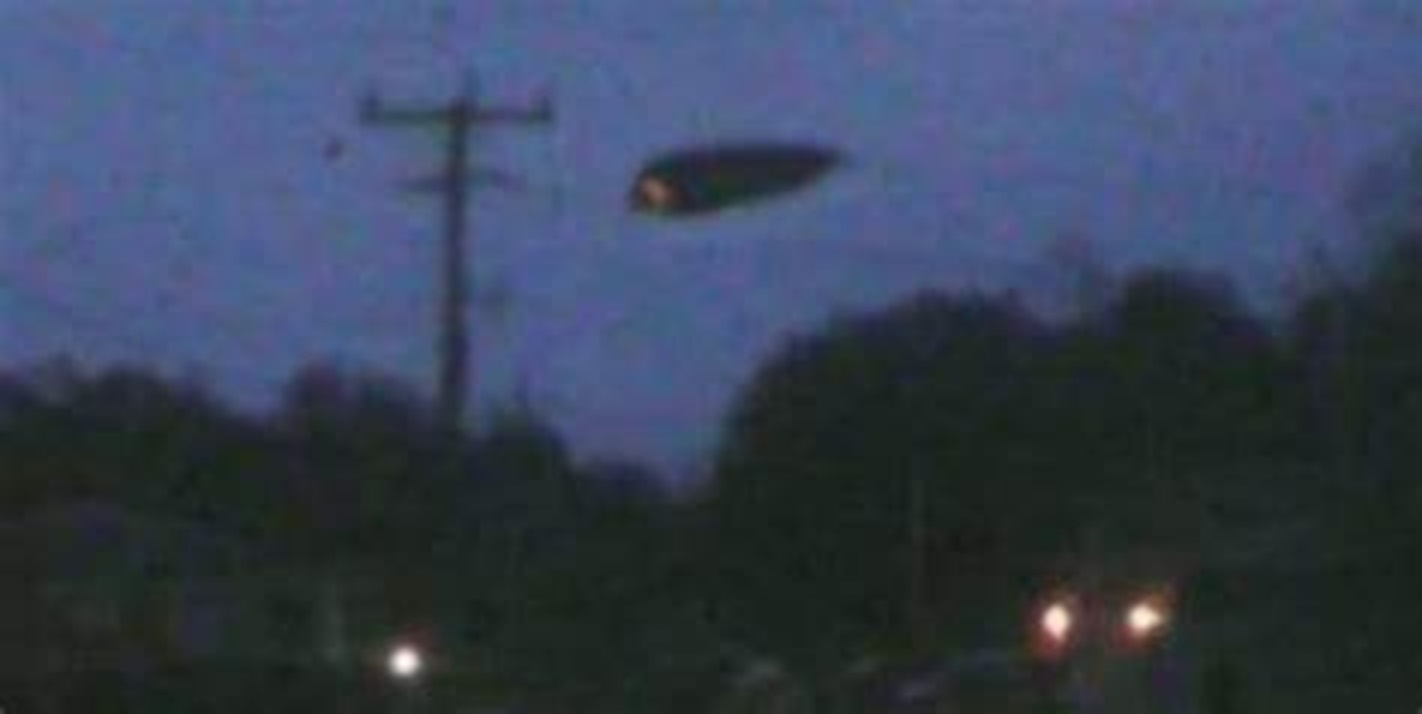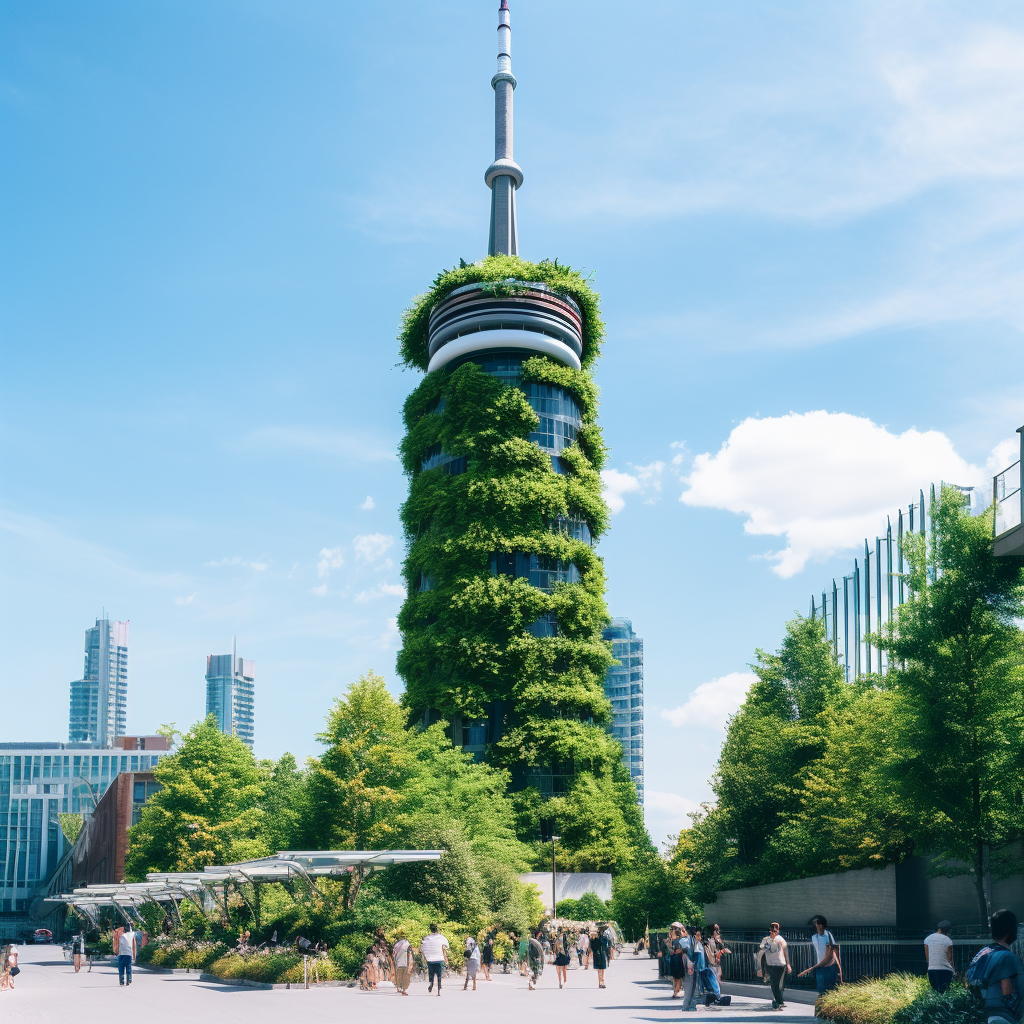Our friends at BonusFinder Canada decided to find out which Canadian province has the highest chance of spotting a UFO. To do this, experts analyzed data from the National UFO Reporting Centre State Report Index to determine the volume and duration of sightings across the country. Data gathered for this study dates back to 1998.
BonusFinder Canada also spoke to Nick Pope, who investigated UFOs for the British government, for his thoughts on the data and recent sightings.
Top Canadian Provinces for October UFO sightings
| Rank | Province | Count of UFO sightings in Octobers since 1998 |
| 1 | Ontario | 199 |
| 2 | Saskatchewan | 150 |
| 3 | British Columbia | 93 |
| 4 | Alberta | 57 |
| 5 | Quebec | 32 |
| 6 | Manitoba | 21 |
| 7 | New Brunswick | 20 |
| 8 | Nova Scotia | 19 |
| 9 | Prince Edward Island | 3 |
| =10 | Newfoundland and Labrador | 2 |
| =10 | North West Territories | 2 |
| =10 | Yukon | 2 |
| 11 | Nunavut | 1 |
Ontario was the province with the best chance of spotting a UFO this past Halloween month, with 199 recorded sightings across October since 1998. In fact, the month of October has seen 89% more sightings than the month of October in neighboring Manitoba since 1998. A recent sighting on October 29, 2022, right before Halloween, featured a circular UFO documented in Orangeville. The report claims an abundance of visual evidence, including hundreds of standard photos and high-definition HDR images captured with astro cams.
In second position is Saskatchewan, with 150 recorded sightings in October since 1998. The month of October has seen 87% more sightings than the month of October in Nova Scotia since 1998. On October 11, 2016, three sightings were documented. The first, lasting five minutes in La Ronge, featured seven moving lights across the northern sky. The second and third occurred in Saskatoon, both cylindrical in shape and lasting two minutes each.
Securing a spot in the top three, British Columbia boasts 93 UFO sightings in the month of October. B.C also has 39% more sightings in October than fourth place and neighboring province, Alberta. The most recent sighting took place in Surrey on October 30, 2021, featuring a circular object observed for a duration of 5 minutes.
In fourth place is Alberta with 57 sightings across the month of October, followed by Quebec with 32 sightings across the month of October.
Canadian provinces with the most UFO sightings
According to BonusFinder Canada, Ontario has had the highest number of total alleged UFO sightings in Canada at 2,416, each of which lasting an average of 14.42 minutes. Most of these sightings consisted of seeing bright or flashing lights in the sky. In one particular sighting, a Scarborough resident spotted two objects flying together at high speed on the 6th July last year. Other sightings included an orange-red circle flying North to South over Toronto in 2021.
Following on is British Columbia (1,163 UFO sightings), Alberta (665 UFO sightings), Quebec (305 UFO sightings) and Manitoba (241 UFO sightings).
Former government investigator shares his thoughts
Nick Pope, who investigated UFOs for the British Government, said “This comprehensive new information paints a fascinating picture of the modern UFO mystery, at a time when the subject is making the news all around the world. The new data will be of interest to anyone intrigued about UFOs, and might even assist NASA, the Department of Defense, and the U.S. intelligence community, who are all working on UFO studies where identifying possible hotspots could be useful.
“These league tables of states and nations are really interesting, and while one has to control for population size – more people, more potential witnesses if there’s something strange in the sky – the information is exactly the sort of data that can help identify UFO hotspots. This, in turn, could give us some useful clues about the true nature of the phenomenon. A scientific, data-led approach to the UFO mystery is essential if we’re to get to the bottom of what’s going on in our airspace.
“One of the big surprises was the average duration of sightings. People have this idea that UFOs are here one minute, gone the next, with sightings lasting only a few seconds, and with witnesses getting only a brief glimpse.
The new data shows that people are seeing UFOs for much longer periods of time than is commonly realized, which is why we’re getting more and more photos and videos, as people have time to take out their smartphones.
Methodology
- Experts at BonusFinder Canada analyzed data from the National UFO Reporting Centre State Report Index, in regards to UFO sightings in Canada.
- The location of all 5,447 sightings, the duration of the sightings and descriptions of each were matched to each region they were seen in, to find an average number of sightings per region. Each province in Canada was ranked according to the number of UFO sightings.
- The data is correct as of 15/02/23.
- The full dataset can be found here.















